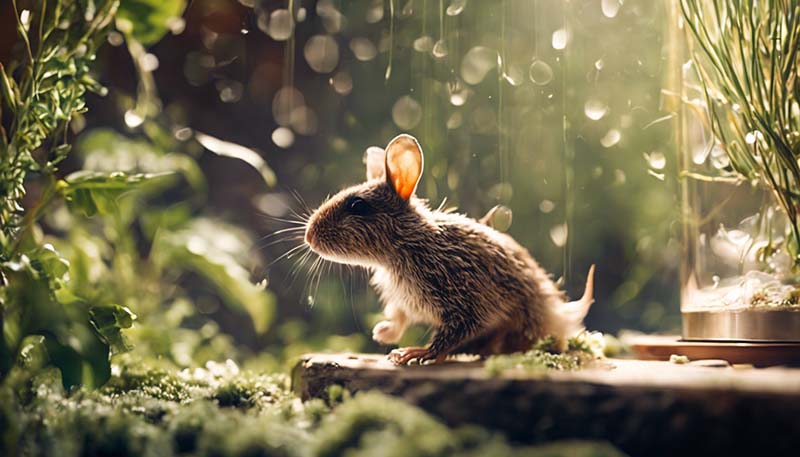The Science Behind Environmental Enrichment for Small Animals
Environmental enrichment refers to the process of enhancing an animal's environment to promote the expression of species-specific behaviors, increase physiological health, and improve psychological well-being. This is particularly important for small animals, which often have complex needs and behaviors.
1. **Understanding Animal Behavior**: The first step in environmental enrichment is understanding the natural behavior of the animal. This includes their diet, social structure, and daily activities.
2. **Physical Enrichment**: This involves providing physical structures that mimic the animal's natural habitat. For example, providing climbing structures for arboreal animals, or tunnels for burrowing animals.
Advertisement
3. **Sensory Enrichment**: Animals rely on their senses to interact with their environment. Enrichment can include different textures, scents, and sounds that are safe and appropriate for the animal.
4. **Cognitive Enrichment**: This involves providing opportunities for the animal to solve problems, such as foraging for food or navigating a complex environment. This can stimulate the animal's mind and keep it engaged.
5. **Social Enrichment**: For social animals, enrichment can involve providing opportunities for social interaction, either with conspecifics or with objects that mimic social interactions.
6. **Feeding Enrichment**: Changing the way animals are fed can also be a form of enrichment. This could involve providing food in a way that requires the animal to work for it, such as hiding it or making it part of a puzzle.
7. **Health Benefits**: Studies have shown that environmental enrichment can lead to a range of health benefits for animals, including improved physical health, reduced stress levels, and increased longevity.
8. **Mental Health**: Enrichment can also improve the mental health of animals. It can reduce the risk of abnormal behaviors and improve the overall well-being of the animal.
9. **Individual Differences**: It's important to remember that each animal is unique. What works as enrichment for one animal may not work for another. It's important to observe the animal and adjust the enrichment strategies as needed.
10. **Research and Development**: There is ongoing research into the most effective methods of environmental enrichment. This includes studying the effects of enrichment on different species, and developing new and innovative enrichment strategies.

Remember, the goal of environmental enrichment is to improve the quality of life for the animal. It's about more than just keeping the animal alive - it's about keeping the animal happy and healthy.
For a detailed article, you may want to consider hiring a professional writer or researcher who can provide in-depth information and references.

Comment